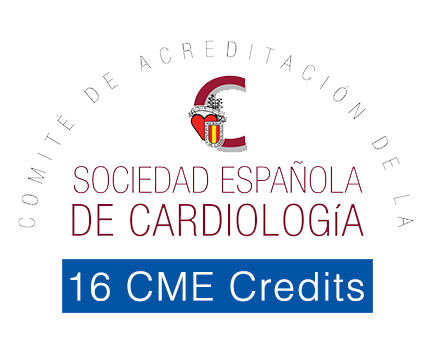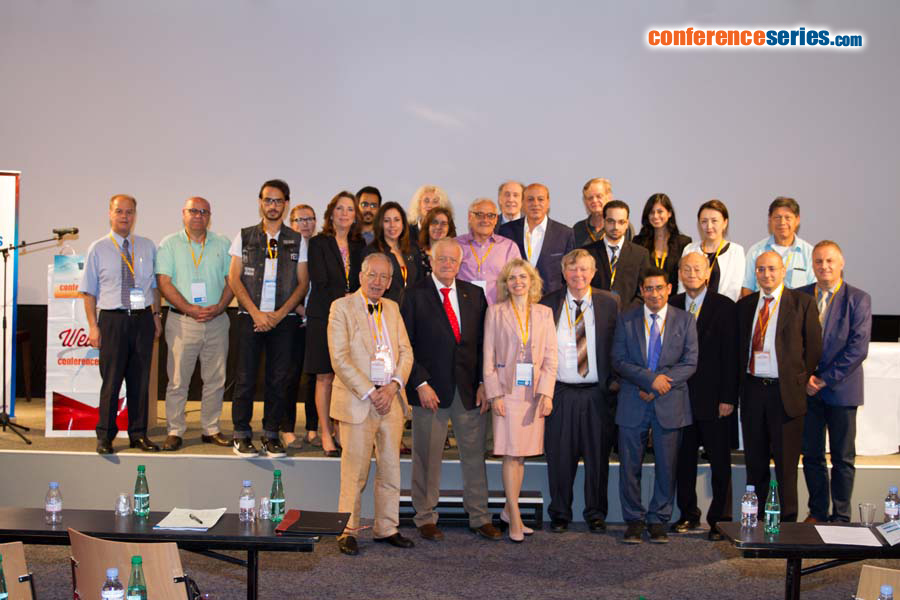
Aris Lacis
Children Clinical University Hospital, Latvia
Title: Using stem cells for stimulating tissue regeneration and functional activity in a wide spectrum of pathologies
Biography
Biography: Aris Lacis
Abstract
Statement of the Problem: Dilated cardiomyopathy is a serious problem in pediatric cardiology praxis. Despite the relatively low incidence of 0.57 to 2.6 per 100000 children, the mortality rate is high. One third of patients die within the first year after diagnosis. Up to 40% of these patients are defined as idiopathic dilated cardiomyopathy (IDCM), characterized by ventricular dilation and systolic dysfunction. Researchers have reposted that conventional medical therapy does not improve the outcome of the disease; however, recent clinical studies have suggested bone marrow derived autologous mononuclear cells as a promising therapy option. Pulmonary arterial hypertension (PAH) is characterized by increased pulmonary vascular resistance resulting in extensive heart structural changes leading to right heart failure and death. PAH is characterized by obstruction of small pulmonary arteries leading progressive increase in vascular resistance. Locally implanted stem cells may trigger the neovascularization process in the lung potentially leading to a decrease of pulmonary artery pressure.
Methodology: For treatment of IDCM, we prefer to use transcutaneous intramyocardial administration of autologous bone marrow derived mononuclear stem cells, combined with ultrasound monitoring. In patients with PAH intrapulmonary transplantation of stem cells was performed using intravasal injection of the stem cells by catheterization pulmonary arteries and directly in the lung tissues by using standard thoracentesis technique, performed under chest radiological control.
Conclusions: If applied wisely, the stem cell therapy appears to be a safe and effective way for stabilization of critically ill patients with both severe pulmonary arterial hypertension and idiopathic dilated cardiomyopathy. This method provides additional opportunities for symptomatic treatment and serves as a bridge for potential heart and lung transplantation.

References:
1. “Intramyocardial administration of autologous bone marrow mononuclear cells in a critically ill child with dilated cardiomyopathy”. LÄcis A., Ä’rglis A. Cardiology in the Young, 2011, 21, 110–112
2. “Neo-revascularization as the potential treatment for patientsuffering from pulmonary hypertension (Myth or reality?)” LÄcis A., Lubaua I., Ä’rglis A. et al. J. Clinical Medicine Research (CMR), 2013, 2 (3): 32–36
3. “Management of idiopathic dilated cardiomyopathy with intramyocardial cell transplantation in children. A retrospective study of 7 patients” LÄcis A., Lubaua I., Ä’rglis A. et al. J. Clinical Medicine Research (CMR), 2013, 2 (4): 129–133
4. “Safeguards and pitfalls in technique used for stem cell delivery in children suffering from idiopathic dilated cardiomyopathy” LÄcis A., Lubaua I., Ä’rglis A. et al. Journal of US-China Med. Science, 2013, vol. 10, N 3–4, 71–75
5. “Stem cell therapy as one of temporary measures for management of heart failure and pulmonary hypertension in children” LÄcis A., Lubaua I., Ä’rglis A. et al. American Journal of Experimental and Clinical Research, 2014, 1 (3): 38–46
Speaker Presentations
Speaker PPTs Click Here




